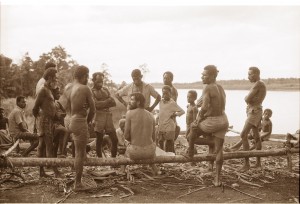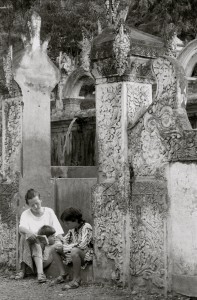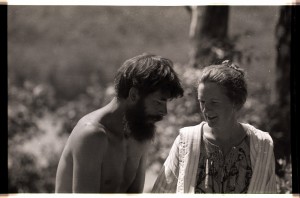Rupert left Wellington College in 1965 with good credentials as a cross-country runner and average A-Levels. He moved to Canada where he spent a year working as a lumberjack, cowboy and rough neck in the North-west.
He studied law at University College London, joined HQ 44 Brigade of the Parachute Regiment and was placed first in the Army Battle School in Wales. Between 1969 and 1972 he prospected for copper in the South Pacific and oil in the Great Sandy Desert in Australia, dredged oysters in the Tasman Sea and dug fence-post holes in the Canterbury Plains of New Zealand.
Tasman Sea and dug fence-post holes in the Canterbury Plains of New Zealand.
In 1972 he joined a notable law firm in Lincoln’s Inn Fields in London to train as a lawyer. He enjoyed aspects of it. On qualifying he practiced for 2 years with a prominent City firm. This proved to be extraordinarily dull. It took a split second to accept an invitation to join Operation Drake as a photographer for 6 months, notwithstanding his very limited credentials in that department. He supervised the construction of schools on a remote island in the Fiji group, negotiated the charter of the expedition barquentine, acted in a Hollywood film and travelled down the Strickland River in Papua New Guinea in a dug-out canoe counting saltwater crocodiles with an Alaskan smoke jumper, 3 lance corporals and a radio presenter.
In 1977 he married Jan (nee Sinclair), a probation officer from Yorkshire. They spent their honeymoon exploring Europe in a 1936 convertible Austin Seven, returning to set up home in London. In 1981 Jan and he took a long journey through the East, a good part of which was spent walking and photographing in the Himalayas. The resulting articles and photographs were published in national and local papers and magazines, from Vogue to the Geographical magazine.
In 1981 he resumed his career as a lawyer, joining a leading libel practice. Libel, it turned out, was anything but boring. During the next 25 years Rupert established his reputation as a leader in the field, acting for politicians, national newspapers and publishing houses in a number of high profile cases. He became Senior Partner of the firm in 1995. In 2001 he merged it with the firm where he first started, where he remained a Partner until 2007.
In 1989 Jan and Rupert and their 3 daughters moved to a small cottage in a field in the heart of the Sussex Downs. They built a large oak-framed library and a sleeping barn for the children, and acquired the beech woodland on the north escarpment of the Downs. The pattern of expeditions continued. They took their daughters on many journeys to remote parts of the world including the heart of Borneo, the high Pamirs, the Arctic tundra and the great mangrove swamps by the Bay of Bengal.
Rupert’s photographs have been exhibited in the UK and Bangladesh and he has lectured in many different countries. His technical expertise and understanding of the trade in images coupled with his specialist knowledge of the complex legal issues with which professional photographers have to contend underpin his legal practice, now with Swan Turton in Covent Garden. He represents many of the leading photographic agencies and institutions in the sector and has handled disputes over some of the most prominent and valuable images of the 20th Century.
He continues to go on expeditions, print photographs in his dark room and practice law.
© All photographs copyright Rupert Grey.

